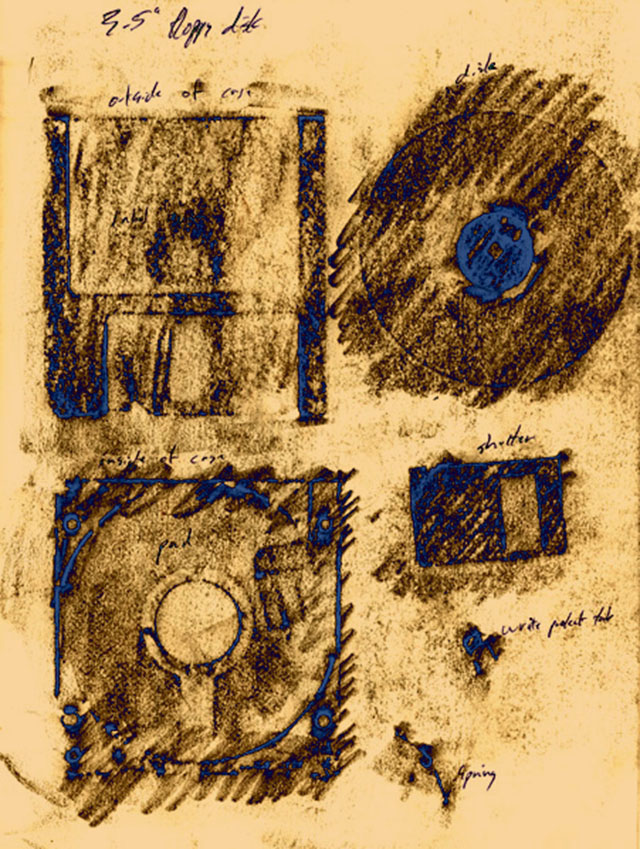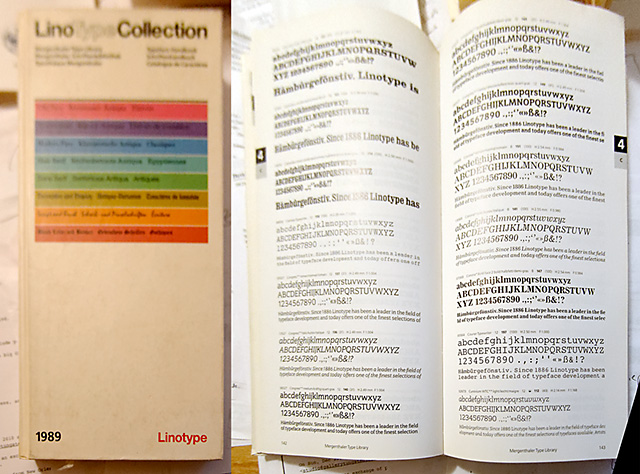Looking at things we didn’t see, imagining things we can’t see: those things that are intermediated, whether it’s the microscope, the copy machine, the fax, the scanner, the digital camera; and so many other means of reproduction in the current golden age of technology. Everything old is new again as the ideas of the past are updated for the present day, in new combinations, permutations, and other manglings as the day demands.
A model of an atom can be likened to a solar system; a single grain of sand can be a monolith; and no matter how much you increase or decrease; zoom in or zoom out; magnify and shrink; there you are, at the same place. Only the details are different and the powers of ten are sounding a different note, high or low, as the case may be.
Line, tone, composition, color, form, idea, title, concept, project, grand schema: each note on the scale of one imaginary spectrum, everything important; nothing important. Each possibility is possible simultaneously; and beyond mere dualities or dichotomies there are, yes, trichotomies and an infinite number of further possibilities.
Each possibility exists or doesn’t exist, according to how you fit yourself into this collection of interlocking spheres, Venn Diagrams, sets, databases, or other ways of finding connectivity in the facts, non-facts; and pure speculation, balderdash, wit, witlessness; and other modes of amusement and sorrow.
This situation is of course absurd, but considering daily reality, or its virtual counterparts, what really is real or fake? Is it live, or is it Memorex? Normally, I frown on the principle of free advertising; but in this case, the brand is dead and buried; tapes live on, but only precariously. Keep looking.
 Hydrogen Atoms (the strange attractor), Oil on linen panel.
Hydrogen Atoms (the strange attractor), Oil on linen panel.

